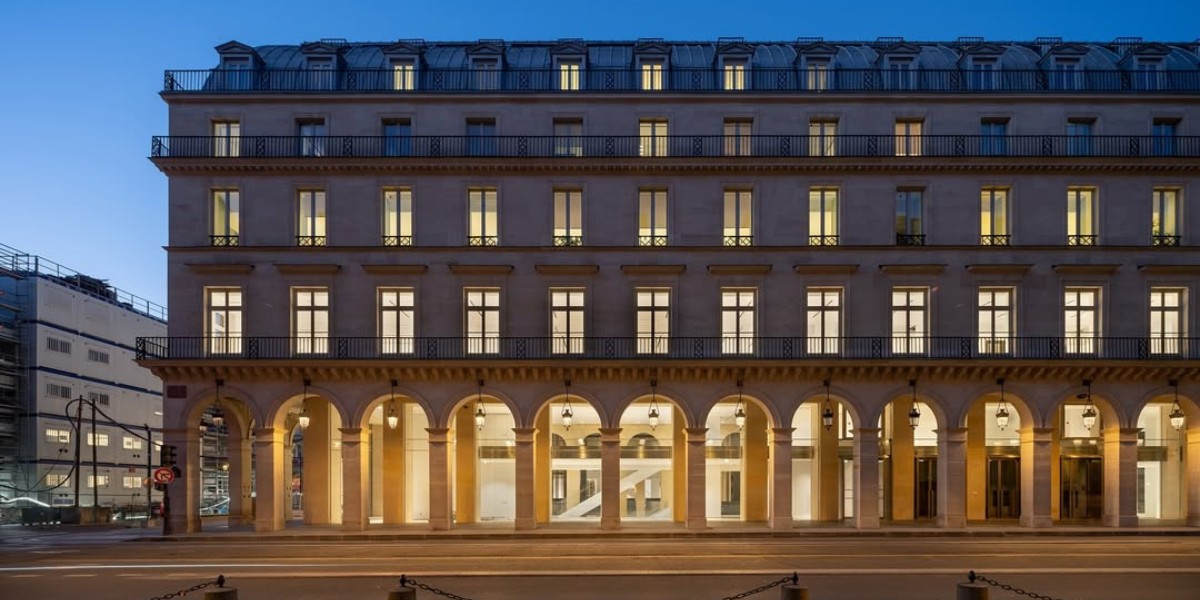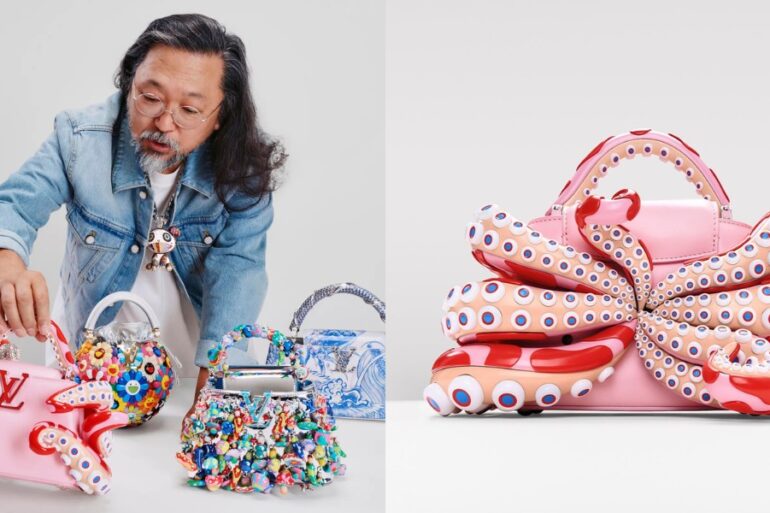Beneath Fondation Cartier’s 19th-century Haussmannian exteriors is an architectural wonder: a large void with five movable platforms and collapsible walls where anything becomes possible for the artist.
It is known to be the “king of jewelers”—a title bestowed by King Edward VII in the early 1900s—and today, Cartier is further extending its mastery of innovation and craftsmanship into the global art scene with its new shape-shifting museum in Paris.
Located opposite the Musée du Louvre, the museum serves as the new home of Fondation Cartier, which was established in 1984 as the company’s primary vehicle for its commitment to contemporary art. The foundation’s new headquarter is a remodeled 19th-century building that stood witness to centuries of Parisian history.
The concept is no longer about constructing a space but of building inside space itself. This void becomes the place for expression—the promise of endless possibilities,” says architect Jean Nouvel
It was inaugurated as the Grand Hôtel du Louvre in 1855 then transformed into the Grands Magasins du Louvre department store in 1863. After running for over a century as an avenue of Paris’ culture and social life, the historic building became the Louvre des Antiquaires which housed numerous high-end antique, art, and jewelry shops.
For Fondation Cartier’s takeover, the luxury jeweler tapped French architect Jean Nouvel, who has become highly influential for his uniquely theatrical creations. “I’m not a painter or a writer,” The Guardian quoted him as saying once before. “I don’t work in my room. I work in different cities with different people. I’m more akin to a movie-maker who makes movies on completely different subjects.”
He designed the foundation’s new abode as a space that the foundation describes as “capable of metamorphosis,” a machine of transformative art and architecture. Spanning an entire city block, the five-story, 8,500 square-meter property retains its 19th-century Haussmannian façade. Its honey-colored stone, mansard roof, and arcades along the Rue de Rivoli were carefully preserved and restored.

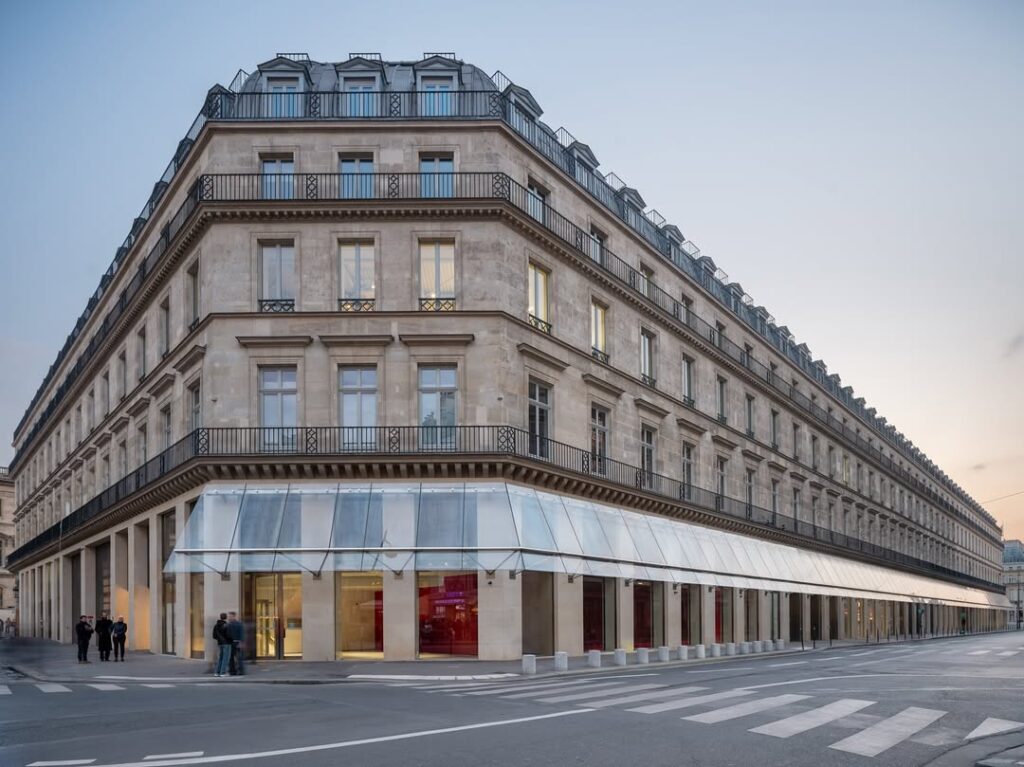
The real show takes place inside, which Nouvel gutted completely and transformed into a highly flexible and modular exhibition space. The architect said that this is “not just another neutral gallery, but a dynamic space of uninhibited inspiration, a grand workshop that adapts to artists’ works and ideas.”
“The building’s mission is to redefine spaces and introduce new ways to exhibit that harmonize with history, while also unveiling that history’s essence,” he added on his Instagram post.
Related story: Finding Cartier: Interesting facts about the iconic luxury brand
Related story: Cartier’s new boutique features recognizable Filipino motifs you’ll love
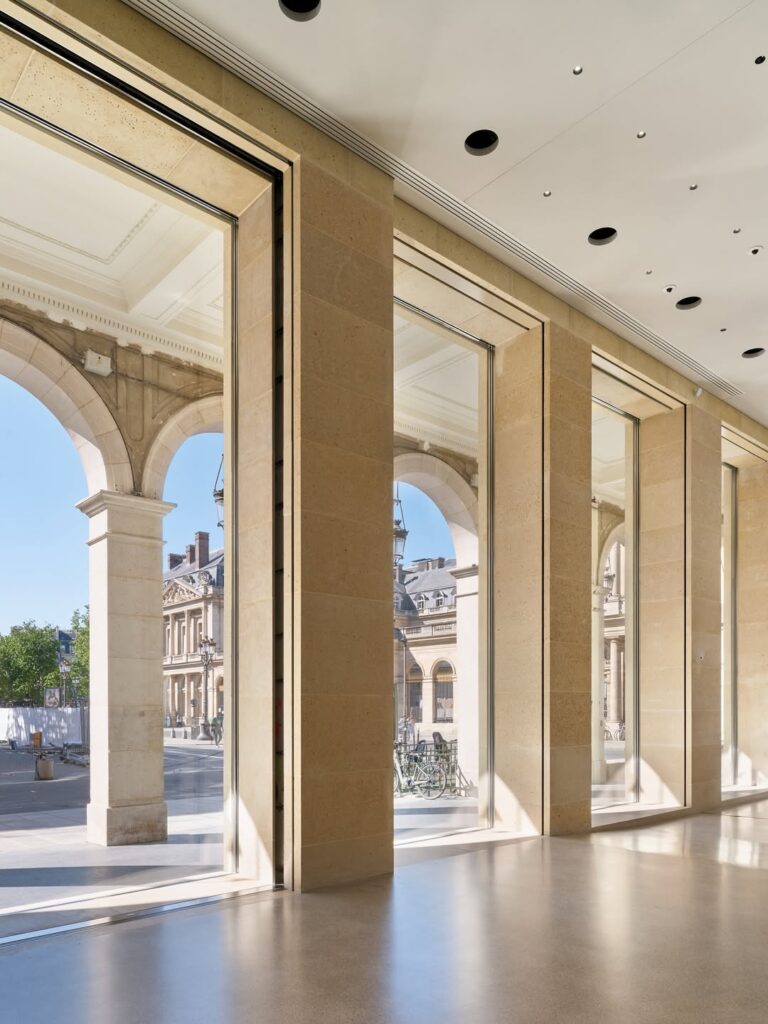
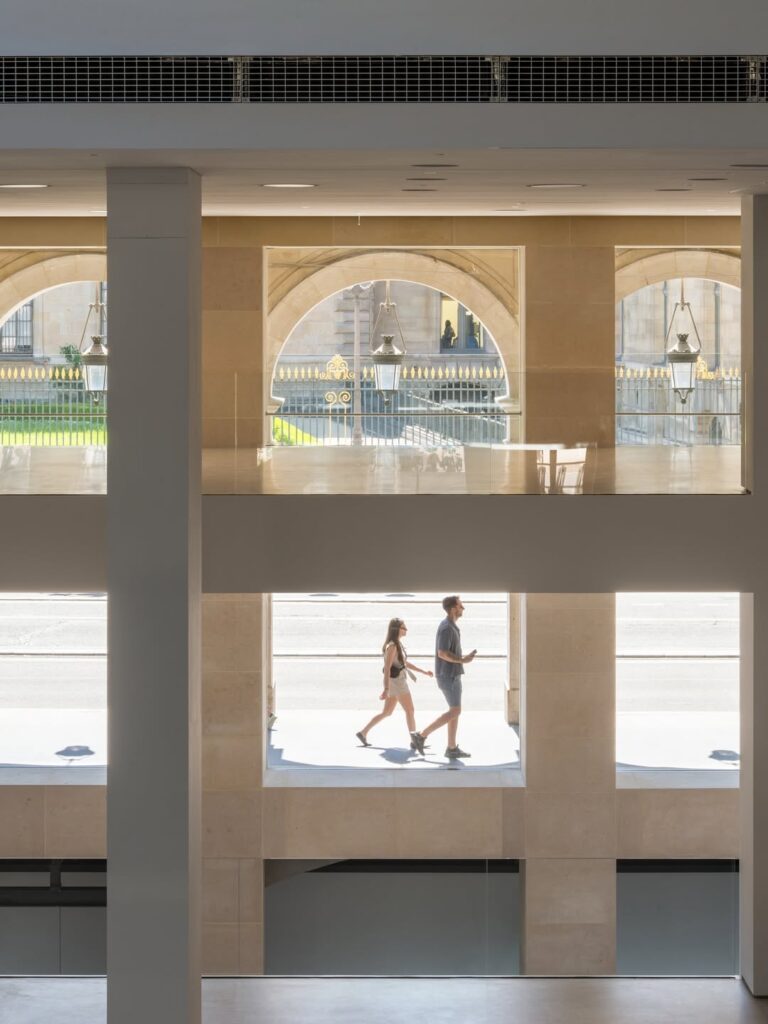

At its core is a large void and five movable platforms that offer inventive ways to shape the space and display objects based on the specifications of each show. Most inner walls can be dismantled and the platforms, which span between 200 and 340 square meters, can be elevated to over three stories. To ensure the safety of visitors, retractable guardrails were built around the perimeter.
“The focus of the architectural approach was to unveil the void—its depth, its height, its presence. It must be understood that contemporary architecture is increasingly moving in this direction,” Nouvel wrote on another post. “The concept is no longer about constructing a space but of building inside space itself. This void becomes the place for expression—the promise of endless possibilities.”

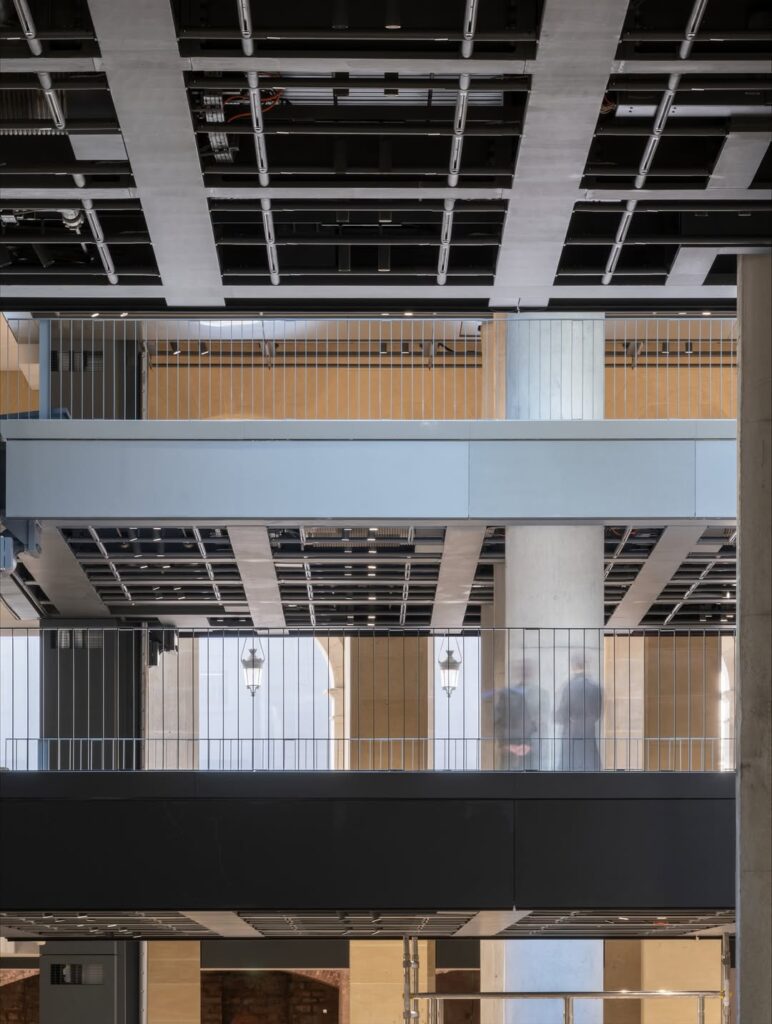



Other than the shape-shifting exhibition space, Fondation Cartier’s museum features a cafe, an education center, a bookstore, and am eye-popping lecture theater with walls, floor, ceiling, and seating completely saturated in Nouvel’s signature blood red.
Related story: A look inside Dior’s ‘Gold House’ in Bangkok, a dazzling space combining haute couture with Thai culture
Related story: A glimpse into ‘The Louis,’ the grand ship-shaped gallery of Louis Vuitton in Shanghai
The museum was inaugurated on Oct. 25, 2025 with its first show, “Exposition Génerale,” curated by Grazia Quaroni and Béatrice Greener. It celebrates the foundation’s 41-year history through 600 works by over 100 artists, which were exhibited at its previous locations in Jouy-en-Josas and Boulevard Raspail. The inaugural show will be followed by a solo exhibit by Ibrahim Mahama. Titled “Harvest,” the Ghanaian artist will create installations exclusive to the space.
The Fondation Cartier pour l’Art Contemporain is located at 2 Place du Palais-Royal, Paris, France,. General admission is €15 (P1,015), and free for visitors 18 years old and below.
Related story: Must-visit museums in Paris beyond the Louvre and Orsay
Related story: Museums without the masters: 10 Metro Manila museums for everyone

